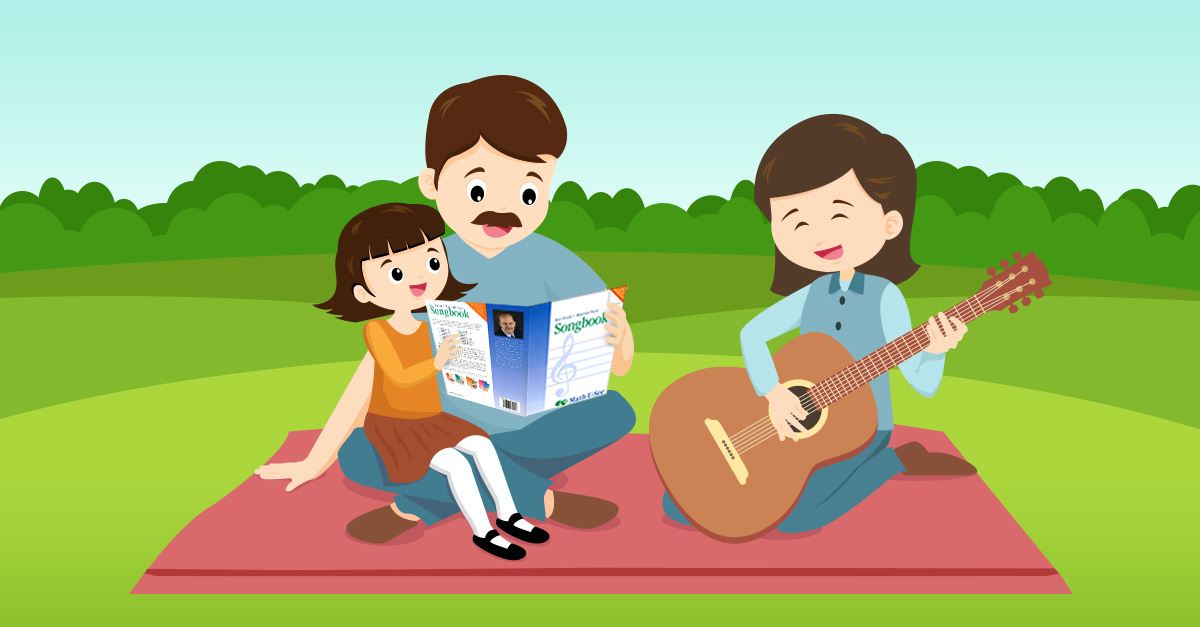
There were few things more frustrating to me than spending time meticulously planning a lesson only to have my students zone out in the middle of what I thought was sure to be an enthralling lecture on the ancient Egyptians. I guess I should not be surprised by this type of behavior; after all, our brains are programmed to find things they can engage with. If the lesson isn’t engaging, then the student brain naturally drifts off to find something else in order to entertain itself.
It is to everyone’s advantage to keep students engaged and eager to learn. This type of engaged learning is more time-efficient as well as more conducive to student achievement.
Keep Students Engaged with These Tips
Involve Movement
Students will be more engaged if more of them is engaged. Instead of lecturing and using a classic white board, try having the student stand up and use the body to learn. The idea of “whole body learning” in education has applications ranging from math to history – you can find more specific ideas on this on Pinterest. You can also involve movement by taking active breaks every 25-30 minutes. You could stretch, take a quick jog, or do five jumping jacks. Breaks like these break up what can be long periods of sitting and gives both the body and the brain a way to reset and refresh.
Make Learning Multisensory
Instead of just reading about a concept, show it to them by using picture; let them touch it by building a model; write and perform a song about it; create a short claymation film demonstrating it.
Take Your Learning Outside
A change of learning environment can perk up the learner. Instead of discussing a novel indoors, find a nice patch of grass to camp out on and enjoy both the discussion and the cool breeze. This doubly applies for learning with field trip opportunities to places like an art museum, site of a battle, the planetarium, or a nature preserve.
Make Lessons Applicable to Real Life
If I could only give one tip for how to keep students engaged, it would be this one. If you can make the connection between what is being learned and the student’s own life, they will far more likely be invested in the lesson. Students often struggle to see how geometry or photosynthesis could have anything to do with them, but point out how shapes play with one another in the buildings you walk past everyday or explain that the reason their favorite plant has to sit the kitchen windowsill is a long word called photosynthesis. Helping them make these connections will help your students feel ownership over the topics being learned.
Engaged learners are also happy learners, and happy learners make our jobs as instructors so enjoyable. Take the time to integrate these engagement boosters into your routine and your lessons will start to feel like they are flying by – for both you and your students!




Leave a Reply